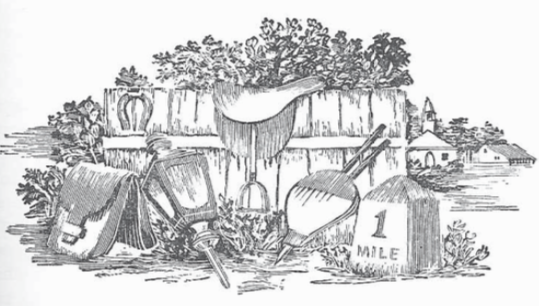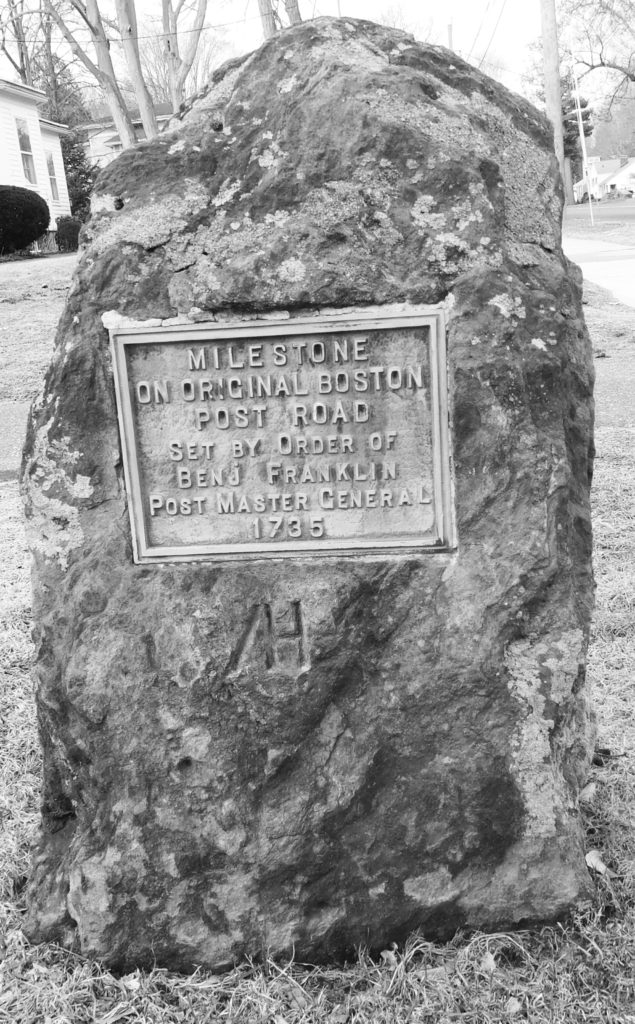
Part II, The Postmaster
See part 1 here.
See part 3 here.
The colonial mails were still slow, expensive and unreliable when in 1751, the Crown appointed William Hunter and Benjamin Franklin as Joint Postmasters for the Continent of North America. It had been almost 75 years since the first post rider had ridden his circuit from New York to Boston.
By now, there were Post Roads open from Boston to New York, from New York to Philadelphia and from Philadelphia to Savannah. Benjamin Franklin had proved exceptional at the tasks set before him. He established new postal routes and shortened others.

There were as yet no good roads in the colonies, but the post riders covered their routes in what must have seemed like wonderful speed. By now, post riders carried not only mail, but newspapers as well. Living in our current age of electronic media, we can scarcely imagine what an exciting development this was! The isolation of life in the far-flung colonies was being lifted! In addition, the once-monthly mail circuit from New York to Boston was now increased to three times a week in summer and once a week in winter.
Benjamin Franklin set out to standardize postage rates, which were based upon the mileage a letter or parcel was carried. To this end Franklin, ever the inventor, created an odometer which he attached to his personal carriage.
He then rode in that carriage, which was followed by a cart filled with neatly-carved milestones; these were installed upon his instruction by laborers riding in the cart. But beyond this, Franklin also chose the best routes, selected the ideal roads, fords and ferries as best suited to the needs of the post riders. He made it a point to visit all of the post offices in the colonies–and nearly succeeded in this task. This was no small accomplishment, considering the means of transportation available at the time.
It is interesting to note that Franklin’s mile markers later served the Continental Army and the rebel militia in reporting British movements during the American Revolution.
A glowing observation of Franklin’s success was that, “now the mails for the first time were able to travel night and day from Philadelphia to New York and back, and the same rapid service was then extended to Boston…Soon a letter could get to Boston and bring a reply to Philadelphia in a mere three weeks.” This was truly an amazing development to those living in slower, simpler times.
To be continued.